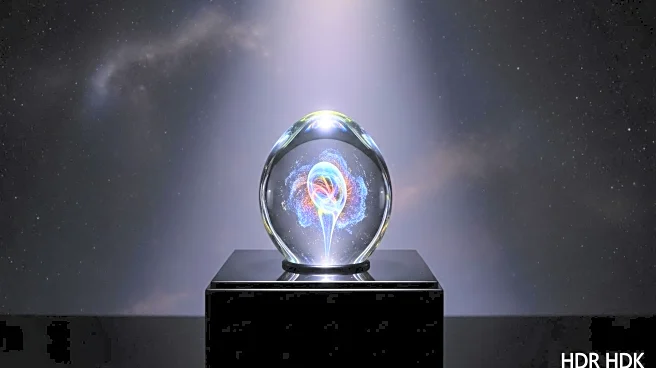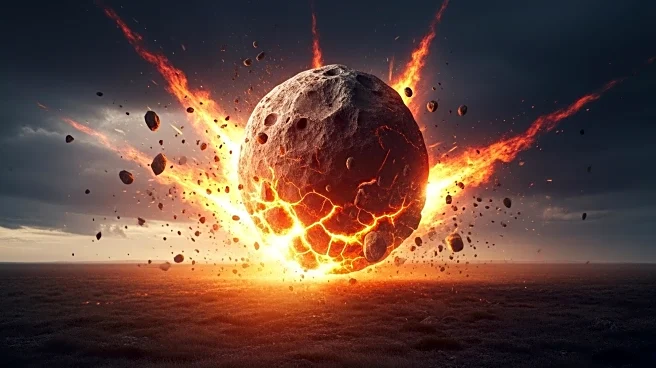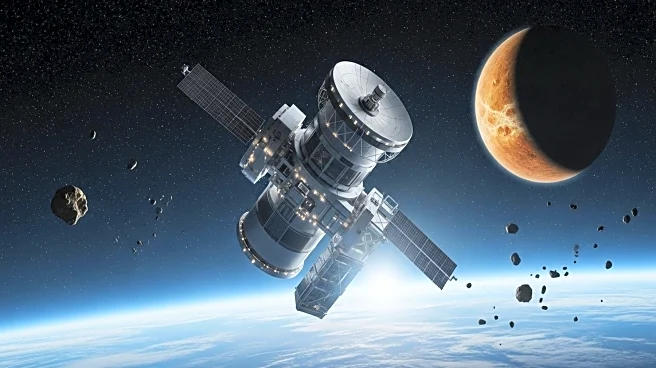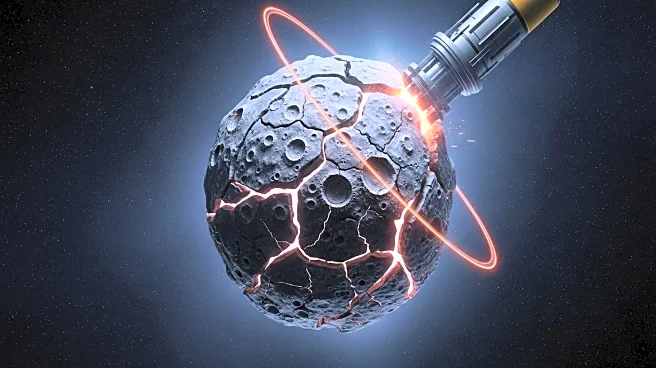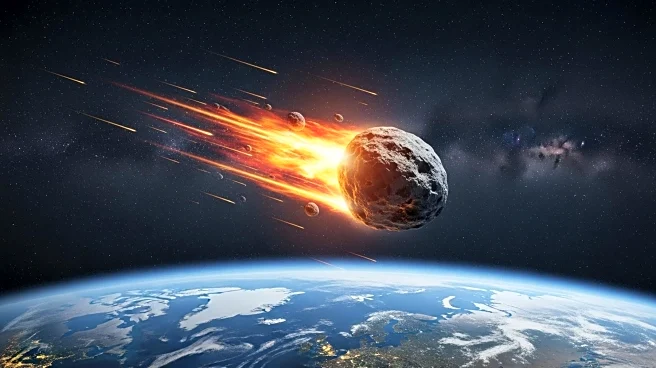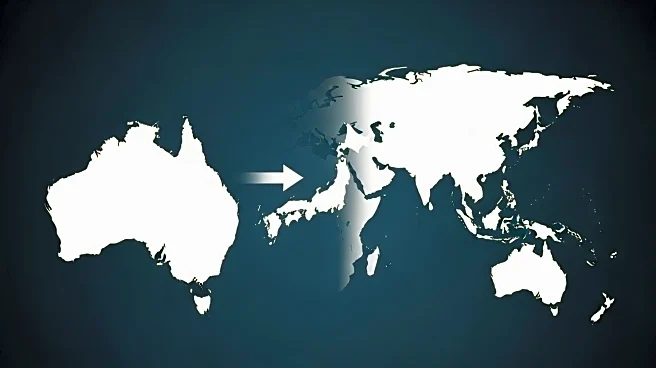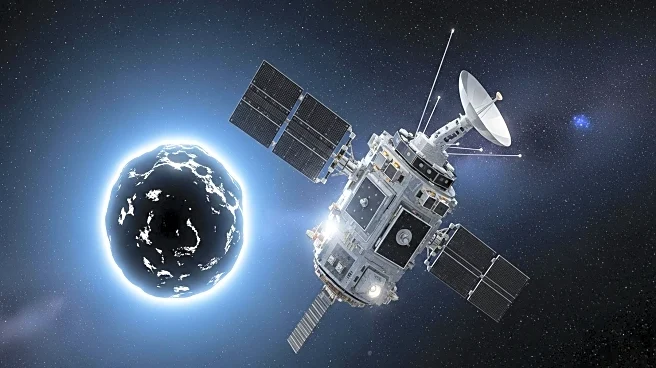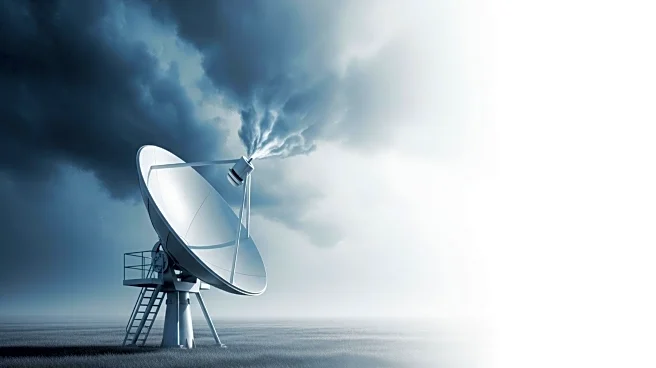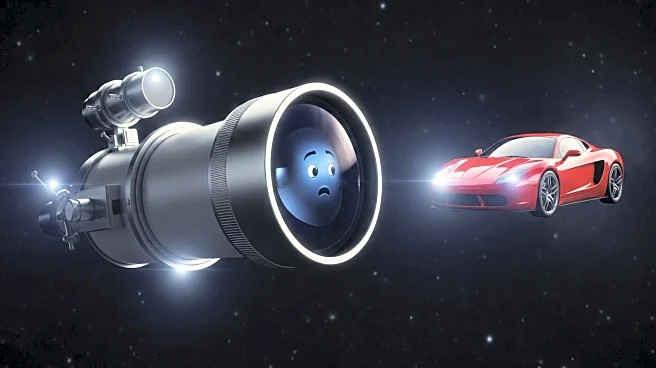What's Happening?
Researchers have discovered tiny pieces of natural glass in South Australia that indicate an ancient asteroid impact occurred approximately 11 million years ago. These tektites, a type of impact-formed glass, are unique due to their unusual chemistry and low water content. The study, conducted by a team from Aix-Marseille University and Curtin University, suggests that these glasses are not part of any known deposit and were formed from melted surface rock that cooled in flight. The precise age of the glasses, determined to be about 10.76 million years, marks a separate impact from the well-known Australasian deposit.
Why It's Important?
The discovery of these tektites provides valuable insights into Earth's geological history and the frequency of large asteroid impacts. Understanding the timing and nature of these impacts can help assess the risk of future asteroid collisions, which is crucial for planetary defense. The unique chemistry of the tektites suggests a volcanic arc target, offering clues about the geological conditions at the time of the impact. This research adds to the knowledge of Earth's late Miocene impact record and highlights the importance of studying impact glasses to understand past cosmic events.
What's Next?
Researchers aim to locate the crater associated with this impact, which remains undiscovered. The study's findings will likely lead to further exploration in the region to find more tektites and potentially the impact site. The team may also investigate other areas with similar geological features to identify additional impact events. Continued research in this field could improve the understanding of asteroid impacts and their effects on Earth's geological and biological history.

